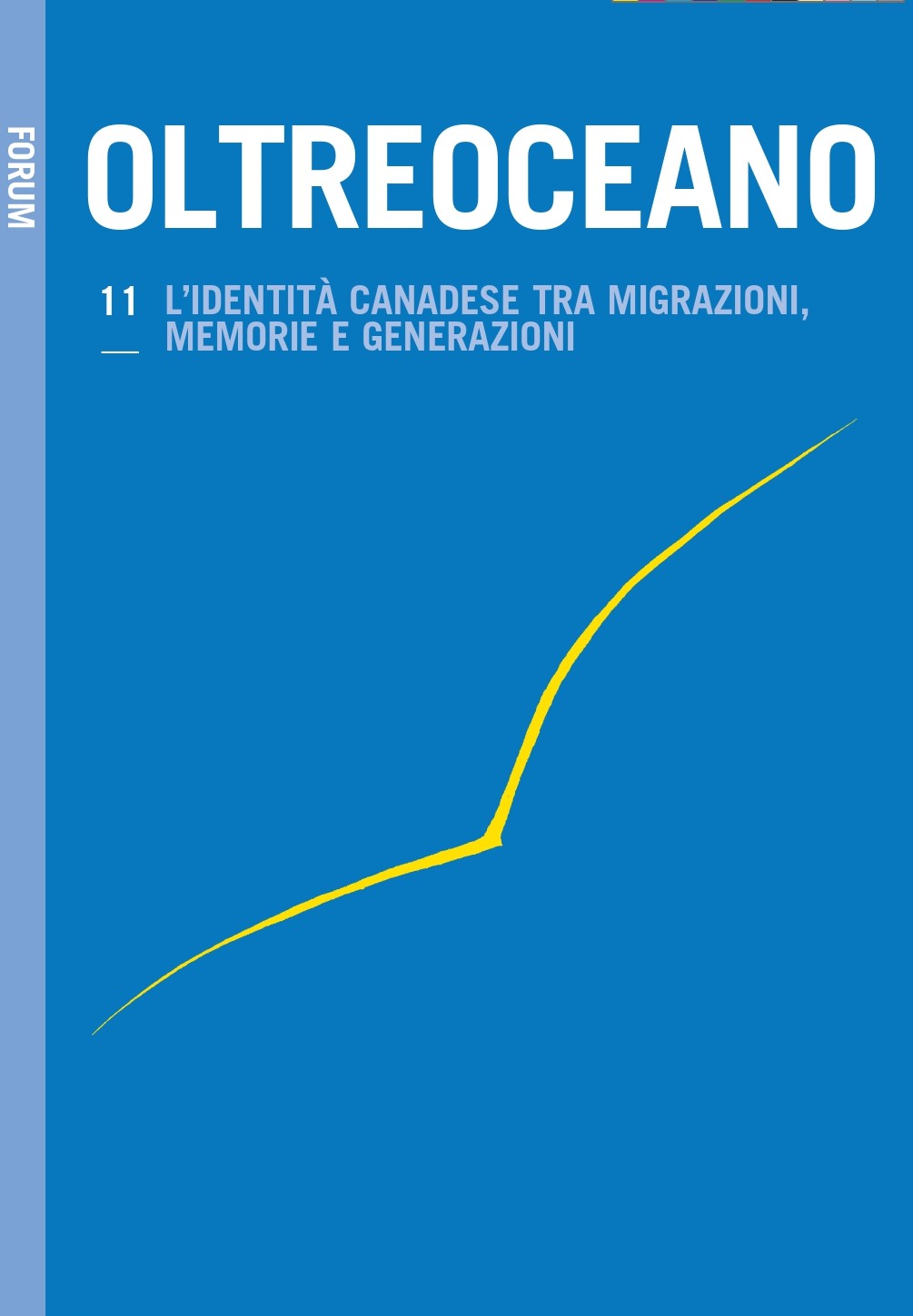Más allá de las fronteras. Desplazamientos poéticos en territorio hispanocanadiense
Keywords:
frontera, ficción autobiográfica, dictadura, exilioAbstract
El espacio de la frontera transparenta sus propios intersticios, donde lo liminal cede paso a nuevas formas relacionales e identitarias que pujan por el derecho a expresarse en términos de una diferenciada igualdad, nacidas, en la mayoría de los casos, en el contexto político de desplazamientos forzosos. En la lectura de Rojo, amarillo y verde (2003) del escritor Alejandro Saravia se puede ver de qué manera esta ficción autobiográfica da voz a sujetos violentados en la última dictadura boliviana. Igualmente presentar Dilater et contracter l’univers de la artista Constanza Camelo-Suarez pone de relieve que, en sus intervenciones, el desplazamiento no solo físico sino poético de los cuerpos, en espacios fronterizos, sustituye la noción de exilio circunstancial por la de ‘desplazamiento circunstancial’.
Beyond Borders: Poetic Displacements in Hispano-Canadian Territory
The space of the frontier reveals its own interstices, where the liminal gives way to new relational and identitarian forms which struggle for the right to “equality in difference”, forms which are born, in the greater part of the cases, in the political context of forced
displacement. I propose to read the writer Alejandro Saravia’s Rojo, amarillo y verde in order to see how this autobiographical fiction follow the objective of giving voice to subjects violated during the last Bolivian dictatorship. By the same token, I propose to present Dilater et contracter l’univers by the performance artist Constanza Camelo, to emphasize that, in her interventions, the displacement, not only physical but also poetic, of the bodies to frontier spaces substitutes the notion of ‘circumstantial displacement’ for that of circumstantial exile.
Oltre le frontiere. Spostamenti poetici in territorio ispano-canadese
Nella lettura di Rojo, amarillo y verde dello scrittore Alejandro Saravia si può verificare in che modo la finzione autobiografica dia voce a soggetti violentati nell’ultima dittadura boliviana. Ugualmente prosentare Dilater et contracter l’univers della performer Constanza
Camelo, mette in rilievo che, nei suoi interventi, lo spostamento negli spazi di frontiera sia fisico che poetico dei corpi, sostituisce la nozione di esilio circonstanziale con quella di “spostamento circonstanziale”.
Downloads
References
Archivo visual del performance (2015): Recuperado de http://satellite.dare-dare.org/fr
Bhabha, H. K. (2013): Nuevas minorías, nuevos derechos. Notas sobre cosmopolitismos vernáculos. Buenos Aires: Siglo XXI.
Camelo-Suarez, C. (2015): Démarche artistique. Recuperado de http://constanzacamelosuarez.com
Cheadle, Norman. (2011): El Canadá americano de Alejandro Saravia. Contexto: Revista Annual de Estudios Hispánicos, 15, 17, pp. 105-129.
Dilater ou contracter l’univers (2015): Une rencontre avec Constanza Camelo-Suarez. Recuperado de https://www.art.ulaval. ca/galerie/conferences/dilater-ou-contracter-lunivers.html
Giménez Micó, J. A. (2008): Rojo, amarillo y verde de Alejandro Saravia: Entretejiendo un imaginario planetario en los albores del siglo XIX. Canadian Journal of Latin American and Caribeean Studies, 33, 66, pp. 171-198.
Hazelton, H. (2007): Latinocanadá: A Critical Study of Ten Latin American Writers of Canada. Montreal: McGill-Queen’s University.
Jelin, E. & Kaufman, Susana G. (Eds.), (2006): Subjetividad y figuras de la memoria. Buenos Aires: Siglo XXI.
Hemispheric Institute of Performance and Politics. Recuperado de http: //hemisphericinstitute.org
Lechner, N. & Güell, P. (2006): Construcción social de las memorias en la transición chilena. In E. Jelin & S. G. Kaufman (Eds.), Subjetividad y figuras de la memoria (pp.17-46). Buenos Aires: Siglo XXI.
Oberti, A. (2006): La memoria y sus sombras. E. Jelin & S.G. Kaufman (Eds.), Subjetividad y figuras de la memoria (pp. 73-109). Buenos Aires: Siglo XXI.
Prieto Stambaugh, A. (2009): Performance. In M. Szurmuk & R. McKee Irwin (Eds.), Diccionario de estudios culturales y latinoamericanos (pp. 207-211). México: Siglo XXI, Instituto Mora.
Saravia, A. (2003): Rojo, amarillo y verde. Montréal: la Enana Blanca.
Todorov, T. (2008): El hombre desplazado. Trad. de Juana Salabert. México: Santillana.
Downloads
Published
How to Cite
Issue
Section
License

This work is licensed under a Creative Commons Attribution-NonCommercial-ShareAlike 4.0 International License.
The authors undertake to comply with the following conditions, which are considered accepted at the time of submission of their contributions.
The sending of a text implies that it is unpublished and not submitted to be published elsewhere.
1. If accepted, the author shall confer on the publisher the right to publish and distribute it both in paper form and in the online electronic edition. The published articles will be downloadable and made available in open access.
2. Provided that it correctly indicates that the first publication took place in the journal Oltreoceano. Rivista sulle migrazioni the author has the right to: a) reproduce the article in separate extracts or collected in a volume; b) publish the article on their personal website or teaching site provided that these sites are of a non-commercial nature; c) deposit the article in online archives of a non-commercial nature, linked to the institution they belong to or as part of projects for the non-commercial dissemination and open access of scientific works.
The use of contributions by third parties, for commercial or otherwise unauthorized purposes, is not allowed. The publisher declines all responsibility for the unauthorized use of the material published in the journal.












